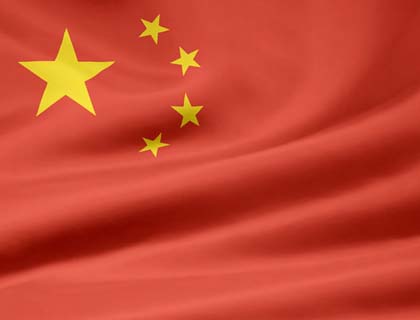China's economic growth and the pace of it have been impressive over the past two decades. It has lent China considerable political and economic clout on the global stage while lifting more than two hundred million people out of poverty over a matter of two decades. China's economic diplomacy in resource-rich Africa has largely been successful. China's economic growth model over the past two decades has been based on supply.
Profit from the massive export earnings keeps being re-invested. Therefore, production has far surpassed domestic consumption and the difference has been exported. This cycle is ongoing and, every time, it has added to the size of the output power of this massive factory that China has become.
This model has so far worked well: it has created jobs, livelihoods, significantly reduced poverty and created prosperity for a sizable section of the population while keeping the prices low in the recipient countries to where inexpensive Chinese goods are being exported. But increasingly since 2008, some flaws in this model have unraveled.
The exports momentum of China is highly dependent on markets overseas both in the developed and the developing world. With the economic slowdown still ongoing in many of China's exports markets such as the European Union and the United States, it has become apparent that it would not be viable in the long run to excessively rely on such an exports-led growth. The Chinese government has been opting for the "diversification" of its foreign exports markets by adopting an aggressive push into Latin America, Africa, the Middle East and other emerging markets.
Many in China today realize that the country needs to change its growth strategy by relying more on domestic consumption. Domestic consumption accounts for less than half of China's GDP and has been consistently lagging behind in keeping up with the rapidly expanding production taking place inside China.
But while the Chinese authorities have recognized the need for developing the domestic consumption market and making it into a strong driver of growth, realizing this goal has been a major challenge. The economic strategy necessitates a phenomenal increase in the share of small and medium enterprises (SMEs) in the economy of China.
In every successful economy, the share of the small and medium enterprises (SMEs) is significant. They form the backbone of the economy together with the public sector (in the case of developing countries). For a country such as China, which had spent decades under the Communist rule, the economic policy-makers have shown a distinct bias in favor of mega-large public enterprises and the SMEs have not received the kind of attention they deserve.
Unlike other emerging economies such as India where SMEs have a very large role in the national economy, in China, the economic scene continues to be heavily imbalanced towards mega-large government-owned or controlled enterprises. Therefore, Chinese policy-makers, particularly since 2009, have been pushing for making SMEs account for a much larger segment of national production and investment.
It would take at least two decades of consistent government efforts until Chinese SMEs can command a much larger share of the country's GDP. As it is the prescription of every economics textbook, placing the SMEs at the center of national economy would require extending more support for these enterprises.
The largest and the most important factor in the growth of this particular sector, especially in the context of China, is the imperative of providing this sector with more credit and financial support. This means creating more regional and local banks so that the local and regional small and medium-sized enterprises that currently face a lot of difficulties in obtaining credit and loans, can have easier access to affordable credit.
The Chinese economy is undergoing a phase of slowdown. The sharp rise in inflation rates in China over the past two years forced the China's Central Bank to tighten credit through increasing the interest rates.
The rise in interest rates meant that obtaining loans from public banks became much more expensive for many of Chinese companies in the SMEs sector that were already facing difficulties in obtaining credit. The result was a mushrooming of private money-lenders that lent money to cash-strapped businessmen (many of them builders during the recent construction and real estate boom in China).
The interest charged by these private money-lenders was extremely exorbitant, sometimes as high as 100% of the principal sum. These major difficulties in obtaining credit and loans had deeply negative impacts on the Chinese economy contributing to a deep slowdown in the real estate and construction sector.
The slowdown in the economy of China is expected to continue for the most part of 2012. These factors have now placed the Chinese policy-makers on the verge of launching a financial revolution in China in which thousands of local and regional financial institutions are being considered.
This will qualify to be China's second economic revolution since the late 1970s when era of reforms started. This financial revolution, if successfully implemented over the next five years, will change the face of China and its economy.
It is extremely important for the Chinese government to deliver to the people economic growth, jobs and employment without which the country risks social uprisings and protests. They could be politically destabilizing and for the Chinese authorities, maintaining internal order is becoming increasing less easy in an era when Chinese bloggers and internet-users have never been so outspoken and in touch with what is happening outside in the real world.

